[ad_1]
Follow us on Telegram for the latest updates: https://t.me/mothershipsg
While out on a regular macro photography field trip with his friends, 45-year-old Singaporean photographer, Nicky Bay, managed to snap photos of a remarkably tiny but special crustacean.
It was a possible new species of isopods, which Bay nicknamed “Singapore Tiger”, for obvious reasons.
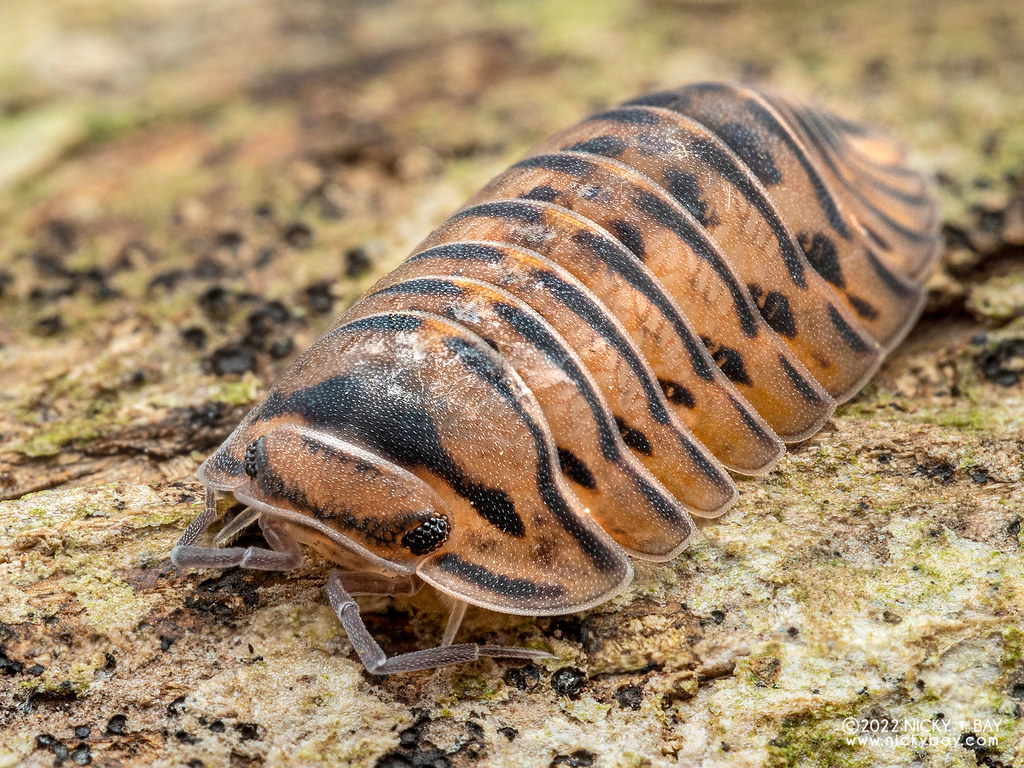 Armadillidae “Singapore Tiger”. Photo courtesy of Nicky Bay.
Armadillidae “Singapore Tiger”. Photo courtesy of Nicky Bay.
“Highly likely” to be endemic
Bay shared with Mothership that the unique isopods were actually photographed in early 2022.
He was in the midst of compiling a list of isopods when the particular trip took place, and had asked his friends to alert him to any isopods they came across.
“This time, they shouted louder and it proved to be something new to all of us,” Bay said.
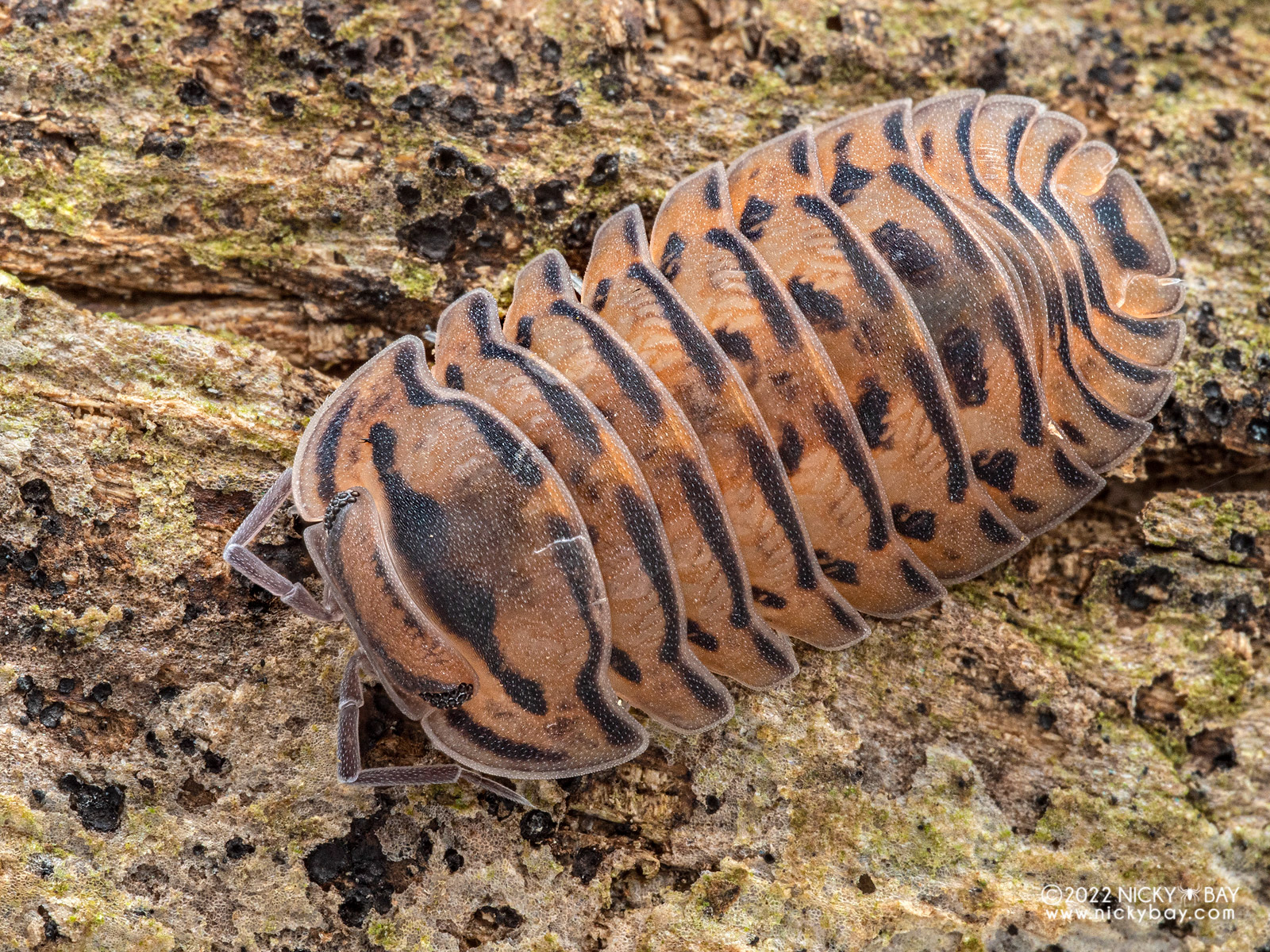 Photo courtesy of Nicky Bay.
Photo courtesy of Nicky Bay.
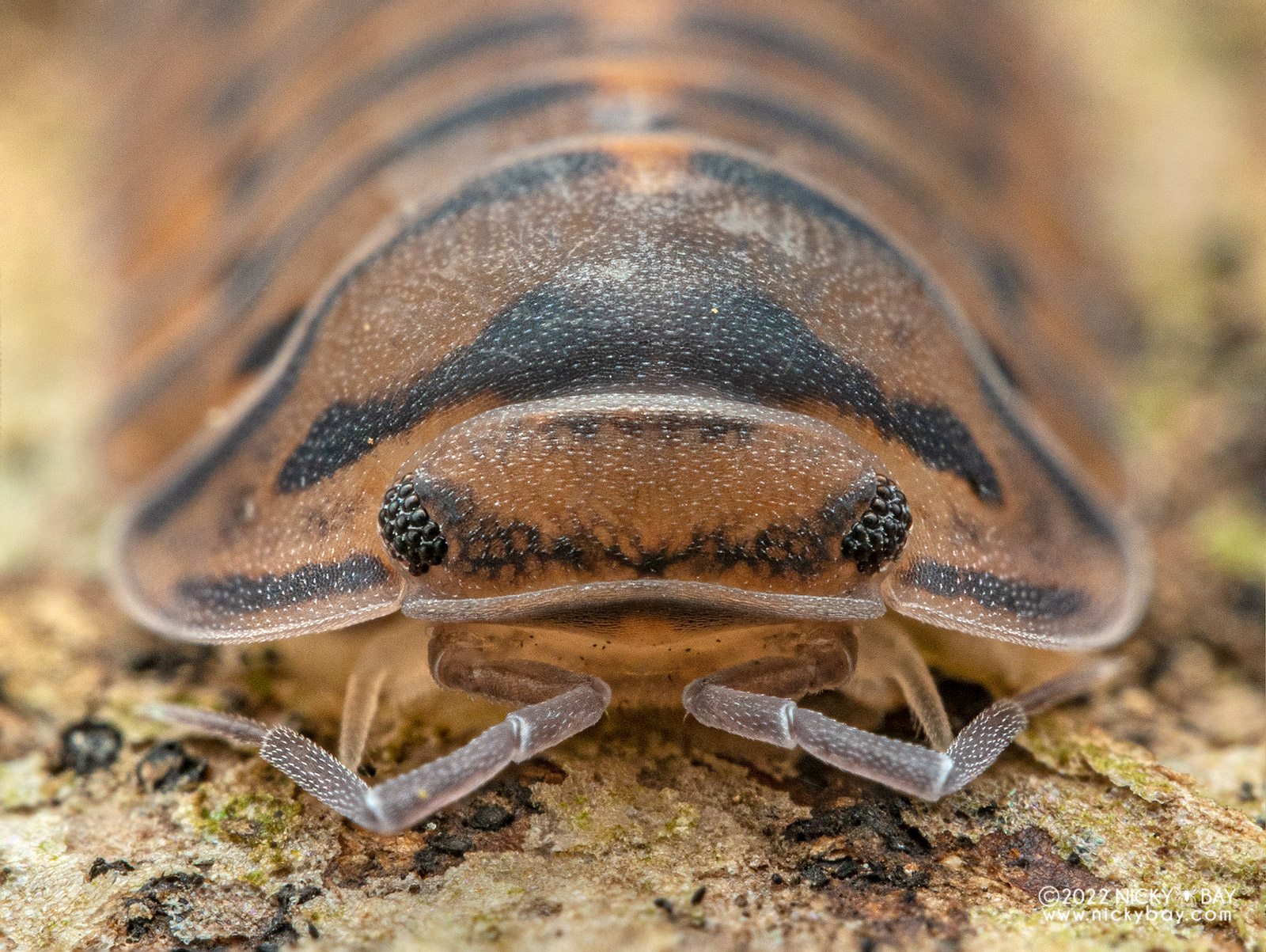 Photo courtesy of Nicky Bay.
Photo courtesy of Nicky Bay.
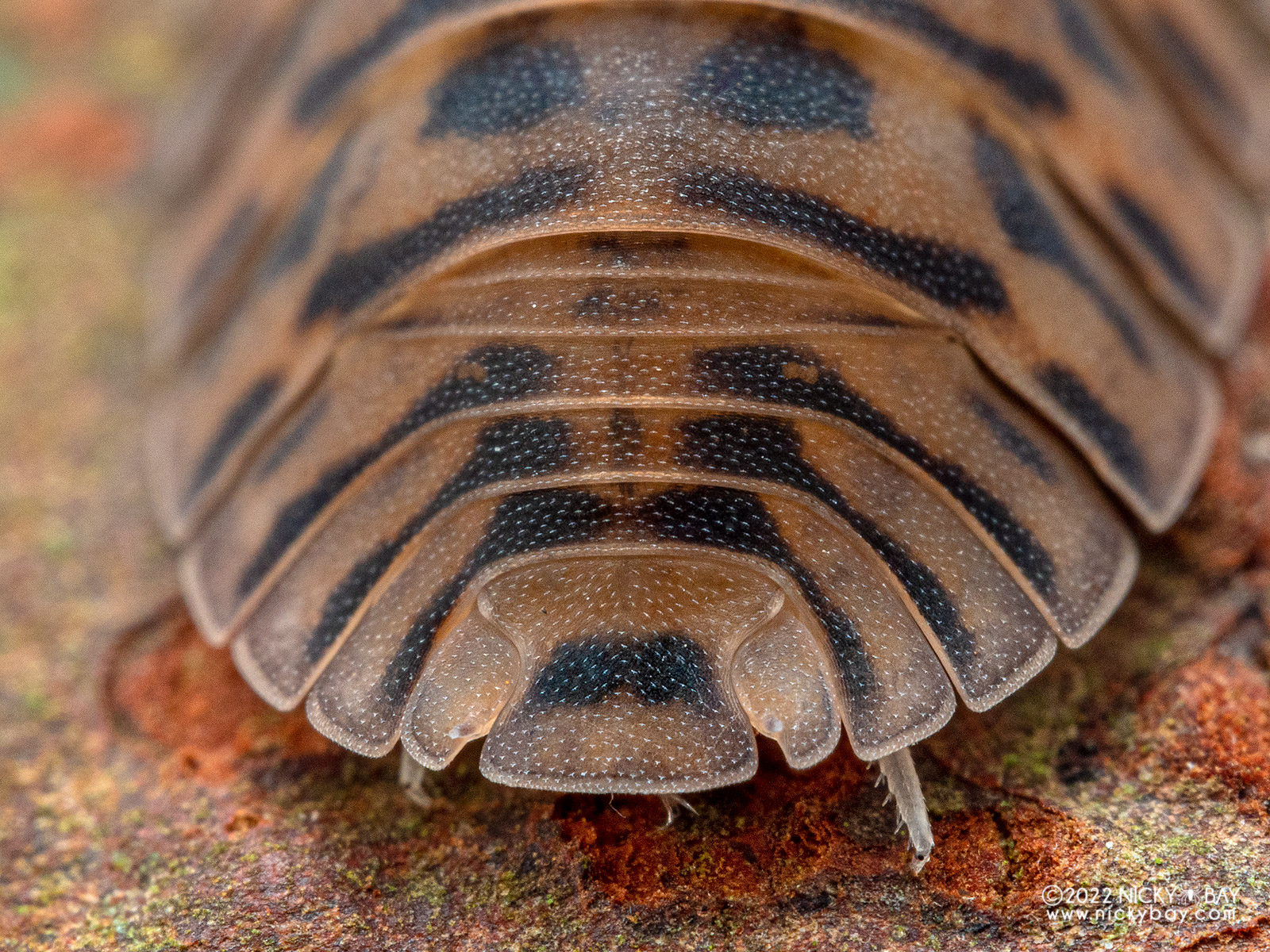 Photo courtesy of Nicky Bay.
Photo courtesy of Nicky Bay.
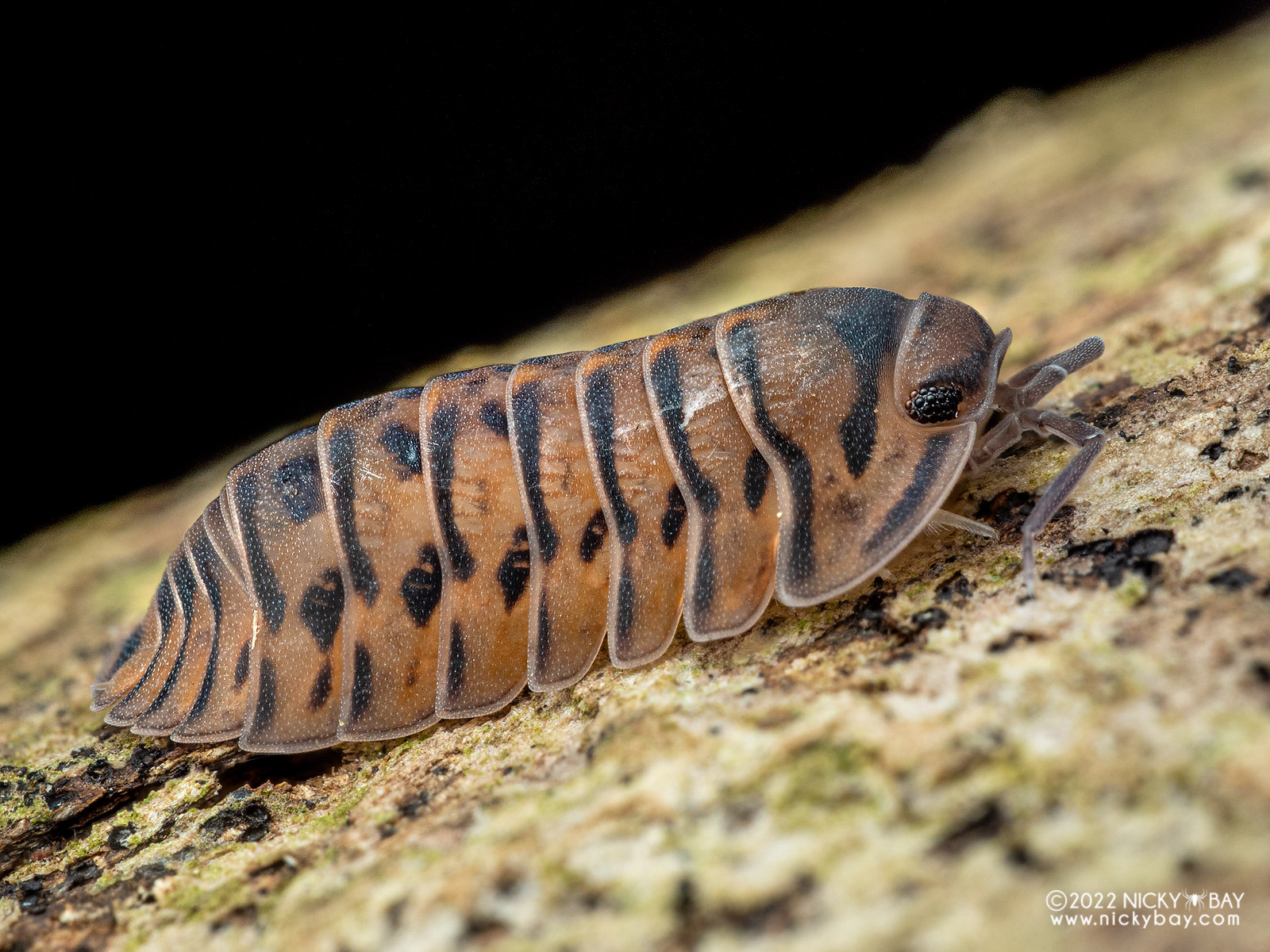 Photo courtesy of Nicky Bay.
Photo courtesy of Nicky Bay.
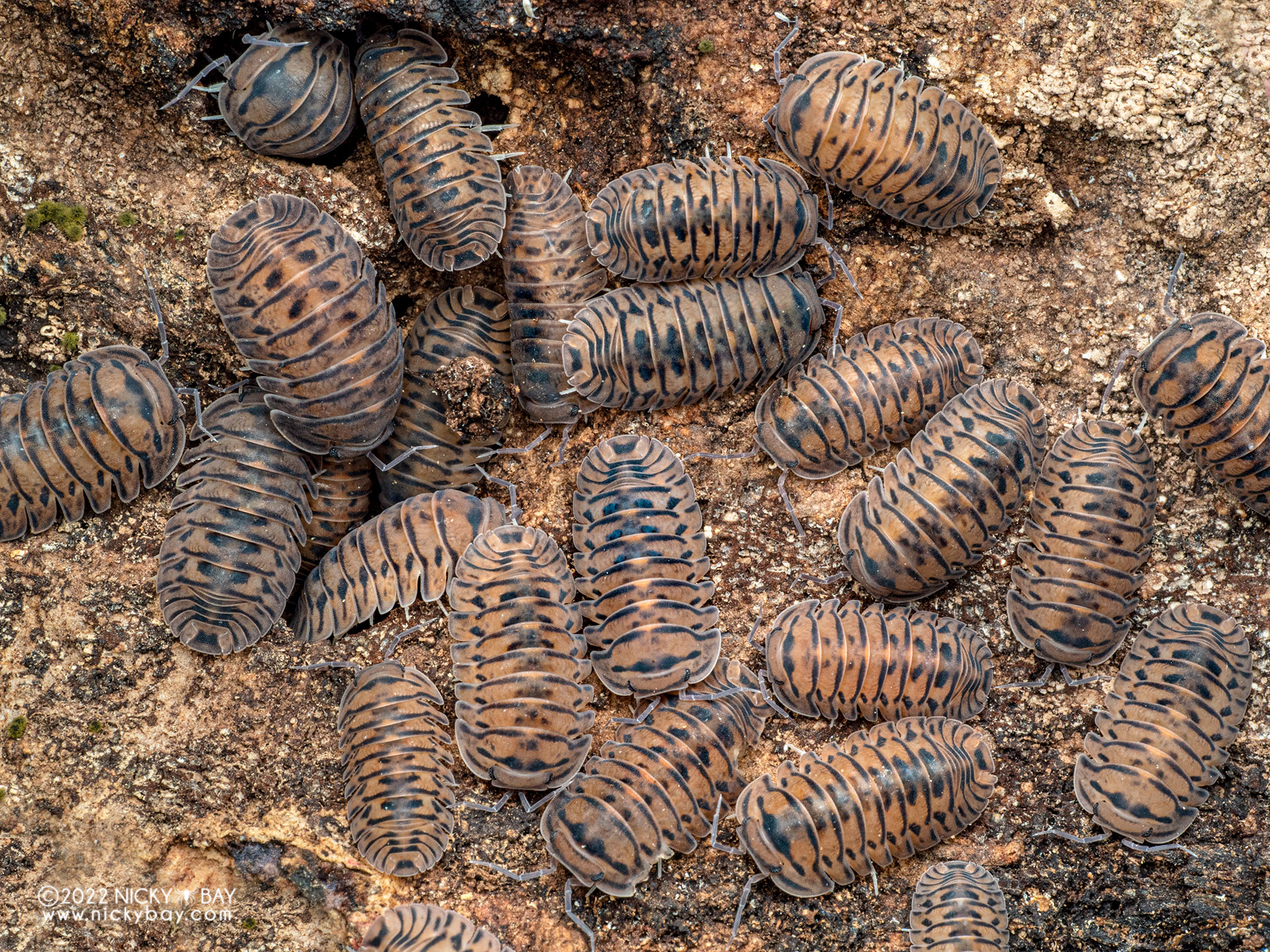 Photo courtesy of Nicky Bay.
Photo courtesy of Nicky Bay.
With much excitement, Bay immediately shared photos of the discovery with a local isopod Telegram chat group.
To protect the creatures, Bay did not share the location.
“Should poachers invade the space, the leaf litter would be compacted and it will affect the ecosystem as well,” Bay elaborated.
The isopods measure 12mm in length, the photographer shared.
This potentially new isopod species is not the only one of its kind to be dubbed a “tiger”.
“There are a few species in the region that were nicknamed various tiger names,” Bay pointed out.
“This particular species is much closer to a typical tiger with a bright orange base and distinct black stripes, unlike all of the other similar-looking species in Southeast Asia,” the photographer commented.
Bay gave it the name “Singapore Tiger” as it is “highly likely” that the isopods are only found in Singapore.
More work needs to be done to confirm new species
To verify that the isopods are indeed a possible new species, Bay consulted with local researchers.
It was confirmed that the “Singapore Tiger” belongs to the family Armadillidae, but this species’ genus has not been identified.
“So far, it does not have a perfect match with any existing genus,” Bay shared.
Foo Maosheng, entomologist at Lee Kong Chian Natural History Museum (National Museum of Singapore), shared that he has neither personally encountered the “Singapore Tiger” before nor heard about isopods with the tiger-like pattern found on the ones photographed by Bay.
As an entomologist, Foo spends plenty of time conducting surveys of undergrowth, the same habitat where isopods can be commonly found.
“When it comes to identifying an animal, and in this case, an arthropod (the group in which insects and crustaceans fall under), there are different taxonomic levels that zoologists will go down to determine the species,” Foo explained.
“Each time one goes down a taxonomic level, it gets more specific to a certain group of animals based on certain groups of features. In this case, the experts are ‘stuck’ at finding the genus of this isopod, and unable to go searching at the species level. If it is unable to match any at the genus level, it is safe to say that it is a new species.”
To confirm that the “Singapore Tiger” is indeed a new species, more work has to be done.
According to Foo, researchers or experts will need to have a closer examination of “Singapore Tiger” specimens and compare it with other known species in the world, especially in Southeast Asia.
This would require studying the isopod anatomically, which may entail microscopic work.
It may even require molecular work to see if its DNA matches that of any known isopods.
“When the science behind it confirms that it does not match any known records, they can describe it as a new species,” Foo said.
While they have yet to receive the necessary permits to collect specimens, Bay shared that arrangements are being made together with a team in Nanyang Technological University to sequence the DNA of the “Singapore Tiger”.
Not the only undescribed isopods in town
“Singapore Tiger” is not the only possible new species of isopods to have been discovered by Bay.
On his website, which hosts an extensive checklist of the isopods he has photographed, three other isopods are listed as “unidentified Armadillidae“.
They are nicknamed “Sentosa”, “Mini purple”, and “Platin tung song”.
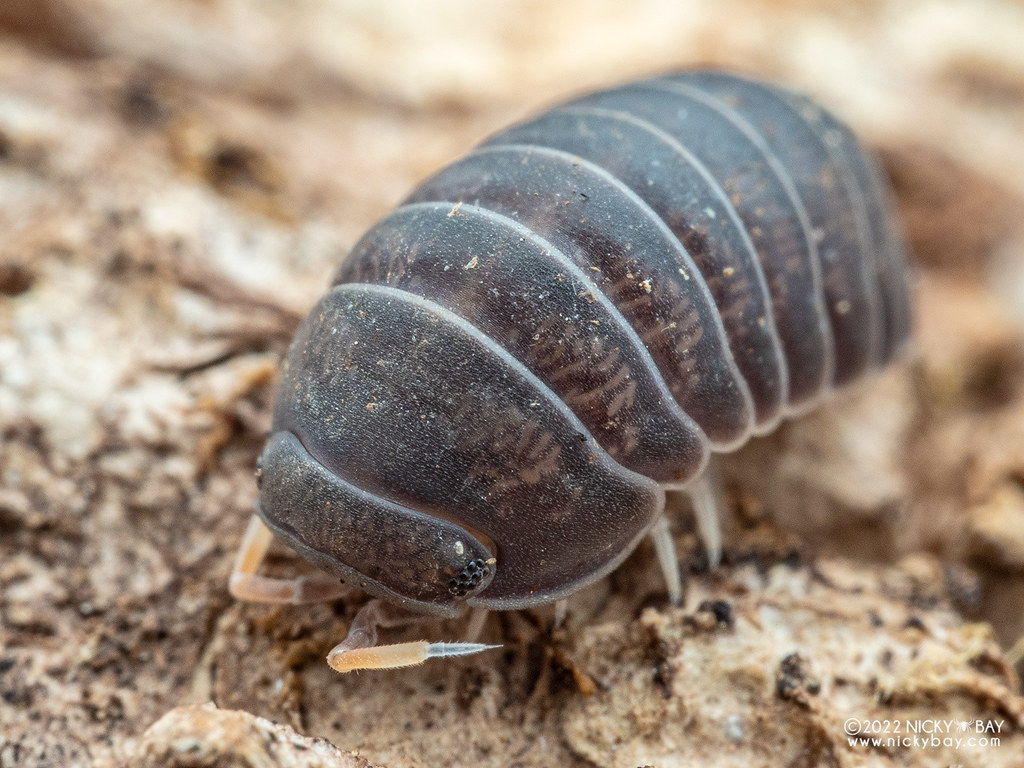 Armadillidae “Sentosa”. Photo courtesy of Nicky Bay.
Armadillidae “Sentosa”. Photo courtesy of Nicky Bay.
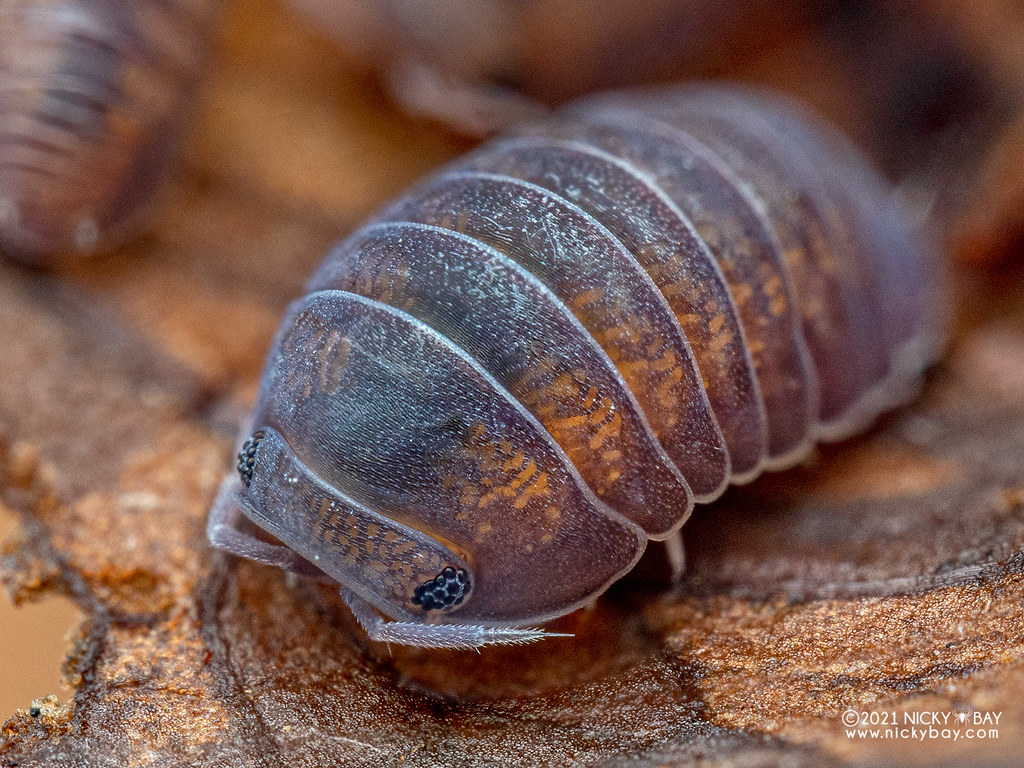 Armadillidae “Mini Purple”. Photo courtesy of Nicky Bay.
Armadillidae “Mini Purple”. Photo courtesy of Nicky Bay.
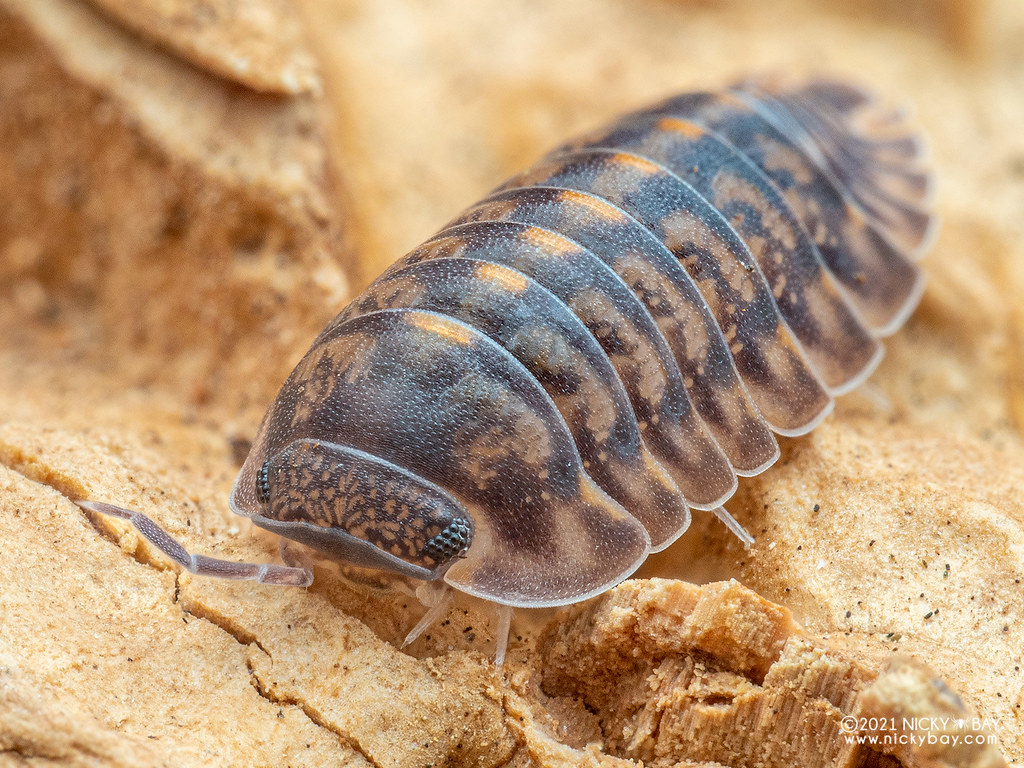 Armadillidae “Platin Tung Song”. Photo courtesy of Nicky Bay.
Armadillidae “Platin Tung Song”. Photo courtesy of Nicky Bay.
Another belonging to the family Scleropactidae has been nicknamed “Big Bear”.
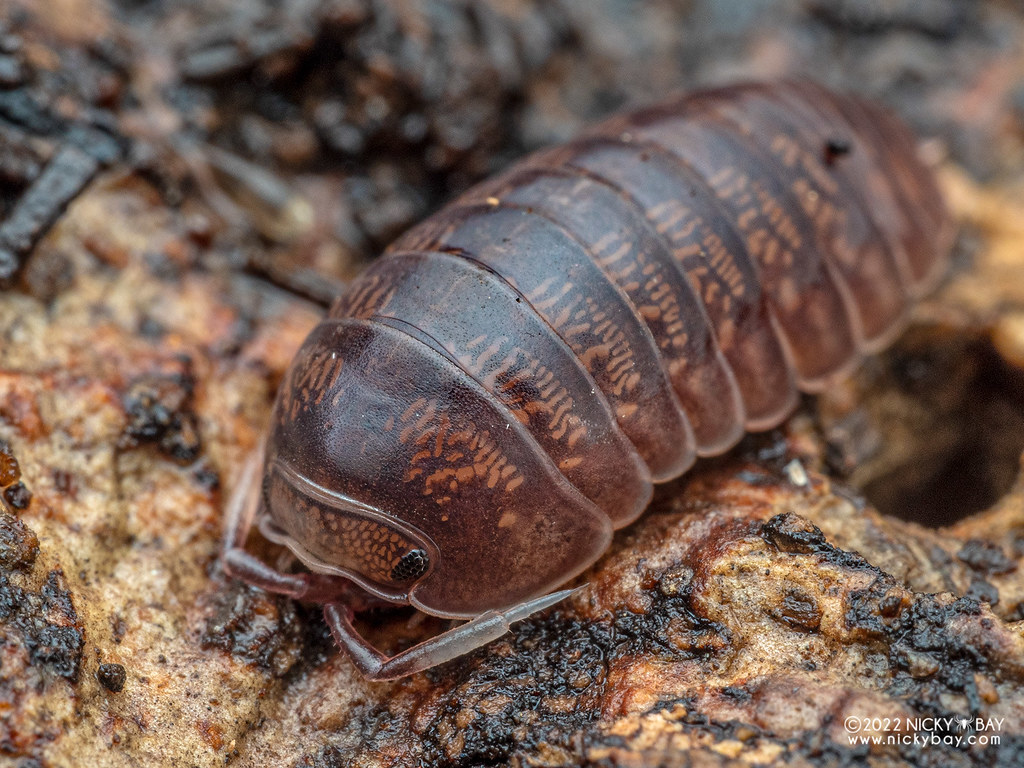 Scleropactidae “Big Bear”. Photo courtesy of Nicky Bay.
Scleropactidae “Big Bear”. Photo courtesy of Nicky Bay.
Bay said that these did not get as much attention as they were “not as attractive” as the “Singapore Tiger”.
Furthermore, compared to the “Singapore Tiger” which has only been spotted at a localised spot, these other isopods were found in multiple parts of the country.
According to Bay, few people pay attention to isopods in the wild in Singapore.
Even for macro photographers, isopods may look similar in appearance and are hence overlooked.
“It is very likely that we can find new terrestrial isopods in Singapore since there are only a very small handful known species. The rest have been sighted or observed but no species name has been given to date. These are the ones [that] could be waiting to be described as new species,” Foo explained.
Started checklists to inspire interest
Bay began putting together his isopod checklist when a group of his friends started keeping isopods as pets in late 2020.
Since then, Bay has also started a website to catalogue isopods from the world over.
However, he has been photographing microfauna for 15 years and has a particular interest in invertebrates.
“I like to document invertebrates and showcase their diversity through macro photography as they are often overlooked. You can see from my website that I have many other ‘catalogues’ or checklists for other groups of invertebrates. In a way, the checklists help others identify the various species available in different localities and deeply appreciate them. Eventually, others may also learn about the conservation of our biodiversity. As cheesy as it sounds, we cannot love what we don’t know and we cannot conserve what we don’t love.”
When he is not behind his camera and out looking for invertebrates, Bay is a software engineer by training and is currently working as a chief technology officer.
Isopods, being crustaceans, are cousins of crabs and lobsters. They can be found in marine habitats or on land.
Despite living on land, terrestrial isopods breathe through gills. They require damp environments, such as those found in moist undergrowth, to survive.
By consuming decaying organic matter, terrestrial isopods play a key ecological role as nature’s recyclers.
All photos courtesy of Nicky Bay
[ad_2]
